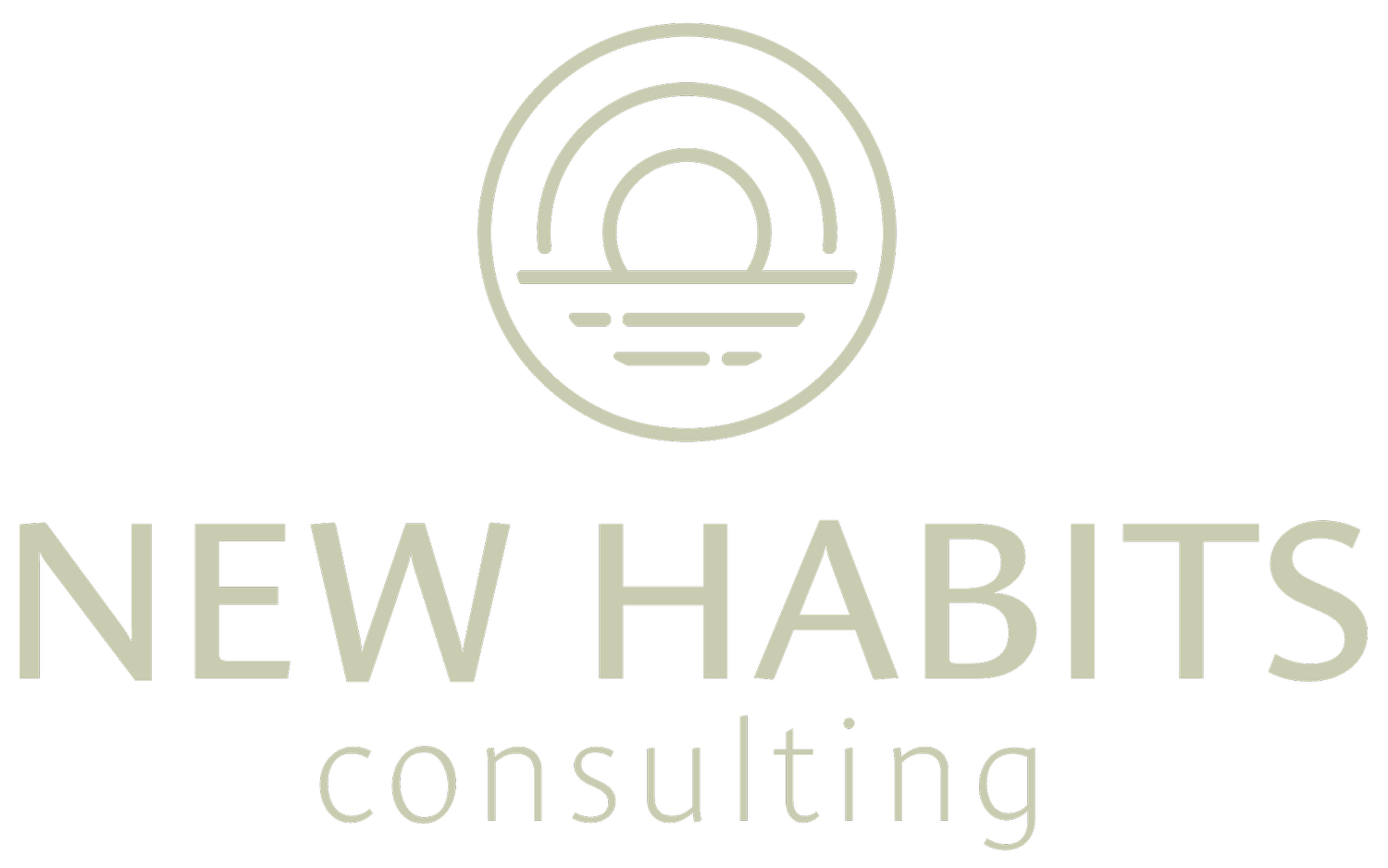
To Follow Through or Not to Follow Through?
Follow-through is a crucial aspect of parenting. It means that when you set a contingency, you will stick to it no matter what. Follow-through plays a vital role in building trust and respect in our relationships with our children. However, following through can be challenging because it can produce unwanted feelings in both the parent and the child. If you want to learn how to overcome the barriers that make following through difficult, read on.

Parents' Behaviors Have Functions Too
As a parent, it's important to recognize that your behavior shapes your child's environment. If you want to change your child's behavior, you must modify your own. But wait! It doesn’t just work for parenting. Understanding your actions benefits all aspects of your life. Read more to identify the functions of your behavior and apply them practically to your own life.

What Does the Process Look Like When Working With an Educational Advocate?
Obtaining the services of an Educational Advocate can be a challenging and overwhelming process. How can you be certain that they have the necessary qualifications? In this article, you will gain a better understanding of how working collaboratively with an advocate can assist you in creating an appropriate education plan for your child.

How to Set Up a Homework Routine at Home
As it's back-to-school time, reestablishing routines is key. Establish an effective homework routine by utilizing stimulus control, positive behavior reinforcement, and consistency.

Why a Behavior Analyst Makes a Great Special Education Advocate
A Board Certified Behavior Analyst (BCBA) is crucial in assisting students with disabilities. They are trained to identify the root causes of behaviors and provide guidance to change those causes that interfere with a healthy lifestyle.

IEP vs. 504 Plan: What is the Difference?
An IEP describes the plan for a student receiving specialized education services whose disability negatively impacts their learning. A student qualifies for a 504 plan when they have a disability that does not affect their learning but limits major life activities such as walking, hearing, and speaking.

